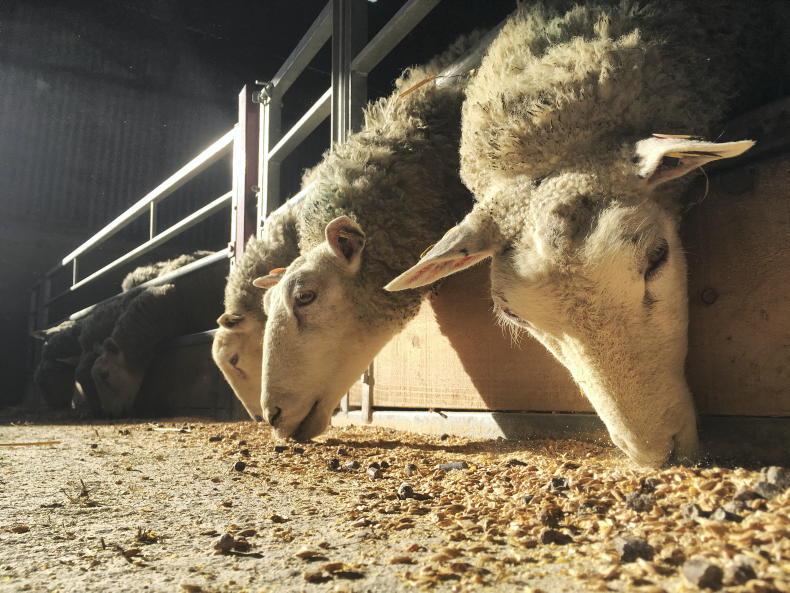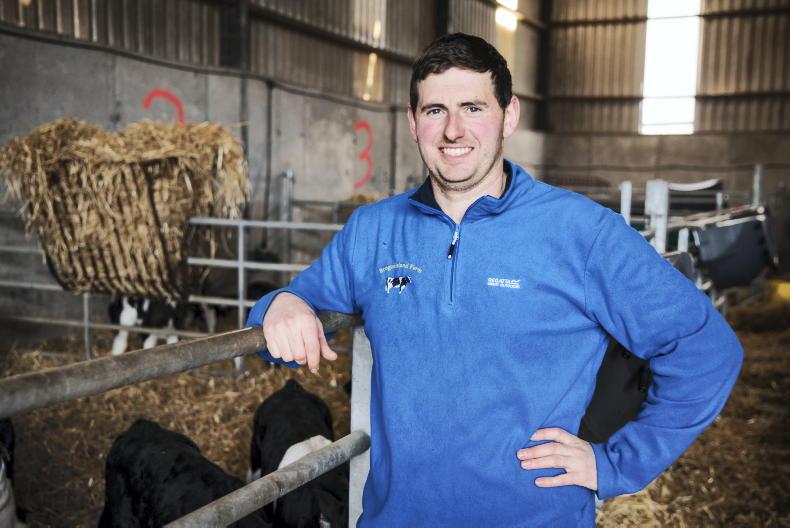Watery mouth
A good article in last week’s lambing focus by Declan Marren on the importance of maintaining high standards of hygiene in the run up to and during the lambing season has raised some follow-on questions regarding watery mouth.
The questions relate in the main to the likelihood of any replacement product coming on to the market to replace Spectam Scour Halt.
The product was targeted at preventing neonatal disease (e.g.watery mouth or E.coli scour) in lambs that were at risk of colostrum deprivation. There was some talk last spring that a replacement product may be available for the 2023 season but this has not materialised.
The first port of call in preventing issues is to ensure lambs get a sufficient volume of ewe colostrum.
The recommendation is to supply lambs with a minimum of 50ml of colostrum per kilo liveweight within the first six hours of life, and at least 200ml within the first 24 hours.
This colostrum will provide a protective covering to the gut lining, which will help to prevent bacteria and viruses from establishing.
Ewe nutrition is central to promoting high-quality colostrum. Research carried out in UCD shows that where energy intake is limited in the last four weeks of gestation, it will significantly reduce the volume of colostrum produced in the first hour post birth and thereafter in early lactation.
Trials in UCD also show that colostrum substitutes are regarded as a poor replacement for ewe colostrum. Research undertaken shows that the lifetime performance of lambs who received a colostrum substitute was 17% lower than lambs which received ewe colostrum.
Therefore every effort should be made to try and ensure each lamb receives at least some ewe colostrum to promote passive transfer of antibodies that will fight against pathogens specific to the farming environment.
The next port of call, is to reduce the environmental risk with the lambing environment and the ewe’s teats, fleece etc – a potential source of bacteria. There are a number of natural supplements and probiotic-type products now on the market.
These products are typically aimed at enhancing the development of beneficial bacteria to strengthen gut immunity, along with providing an energy boost to enhance vigour and colostrum intake.
In the face of an outbreak, then the first thing to do is to have a discussion with your vet. Where issues emerge that threaten animal welfare there are a few alternative antimicrobials that veterinary practitioners can prescribe.
This will be based on the judgement of your vet, and the use of antibiotics will be confined to high risk lambs where there are no other options deemed sufficient to control the problem.
Lambing preparations
The number of flocks lambing will increase rapidly in the coming weeks. It is good practice to assess your stock of essential lambing aids in advance of when they will be required, and also to check on the condition of perishable or easily damaged items such as stomach tubes, milk lines and teats in artificial feeders etc.
Such plastic items should be replaced if there is any damage and also be disinfected before use. It is also important to check electrical equipment, such as infra-red lamps, warming boxes etc and also any items used to provide a convenient source of hot water.










SHARING OPTIONS